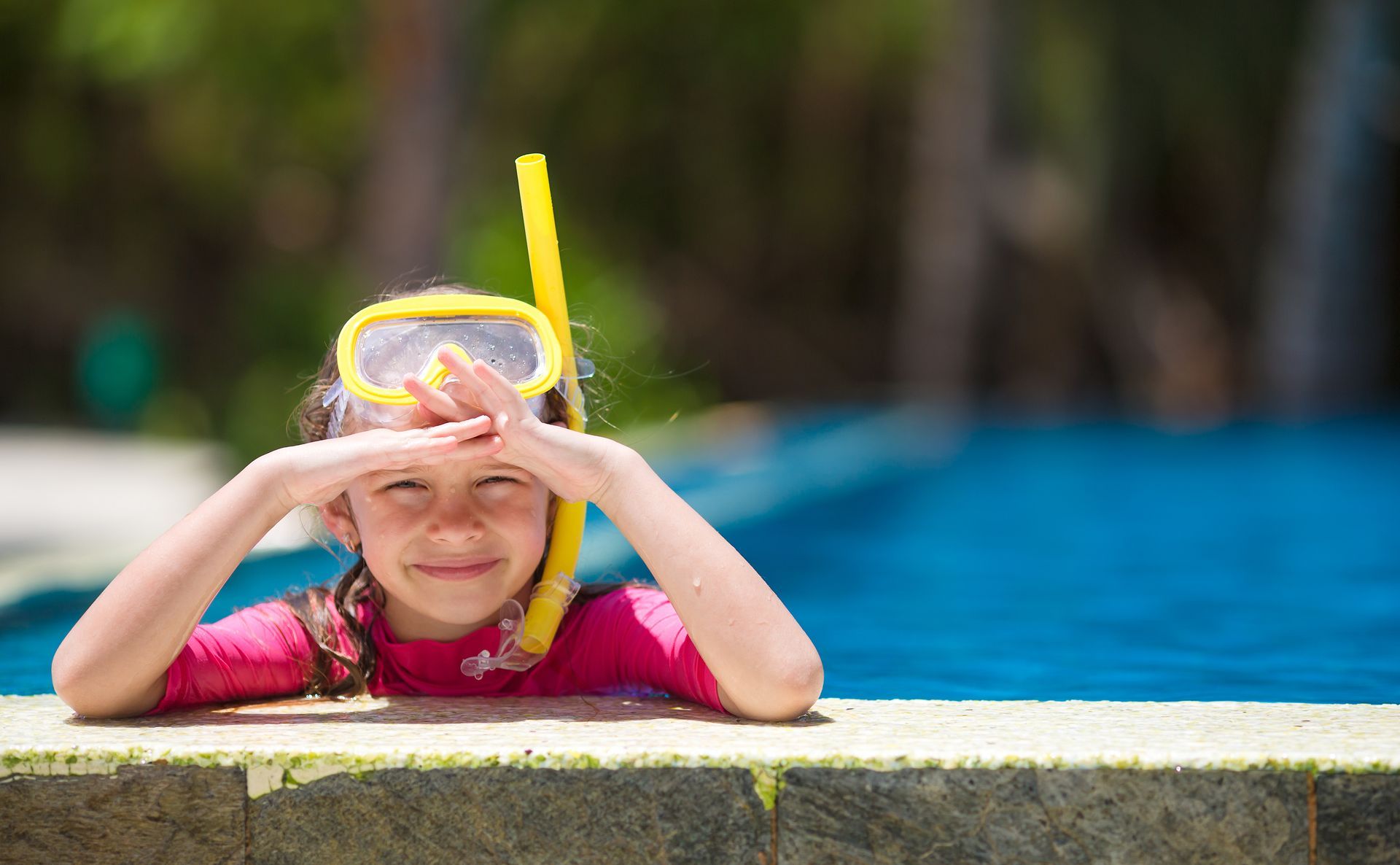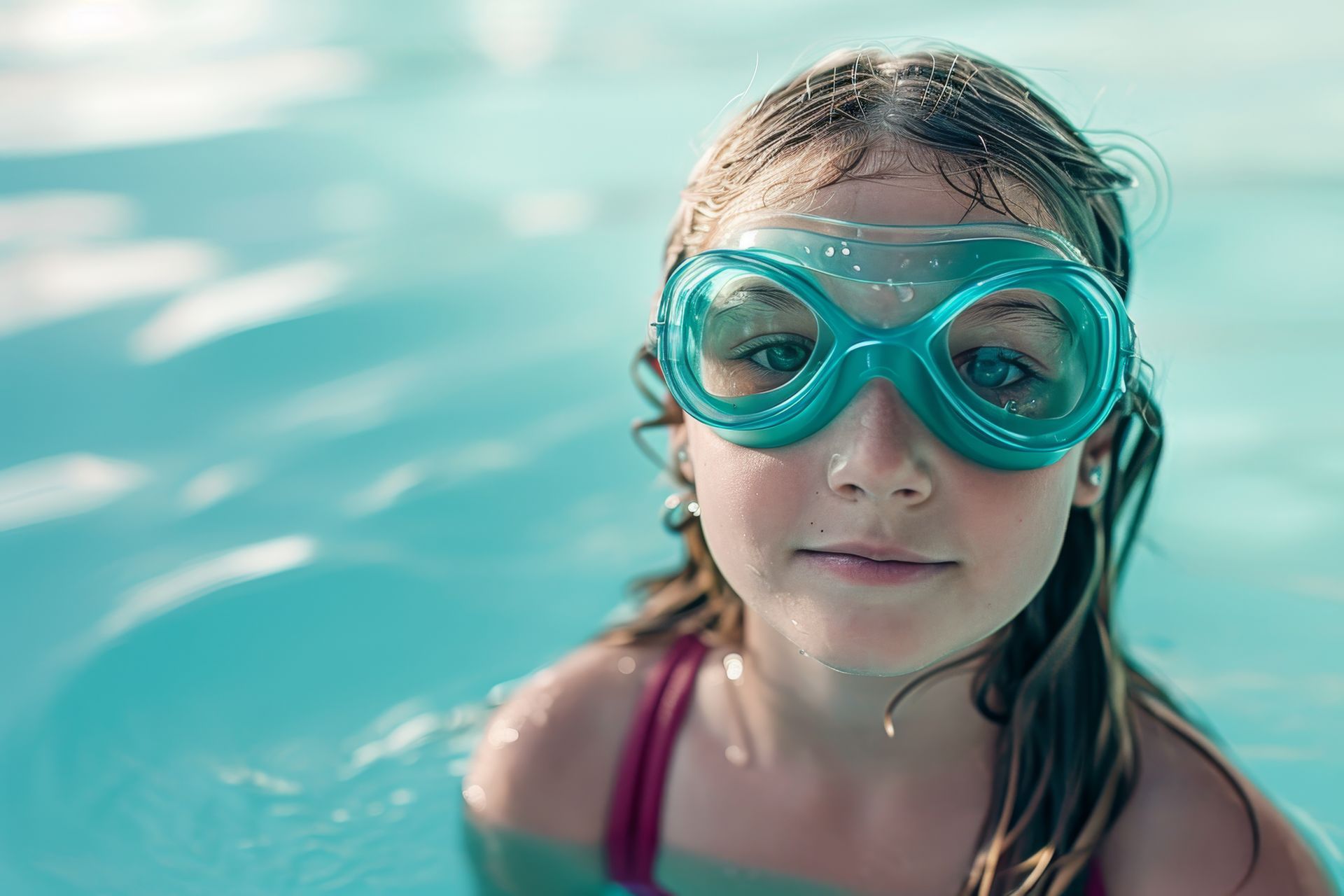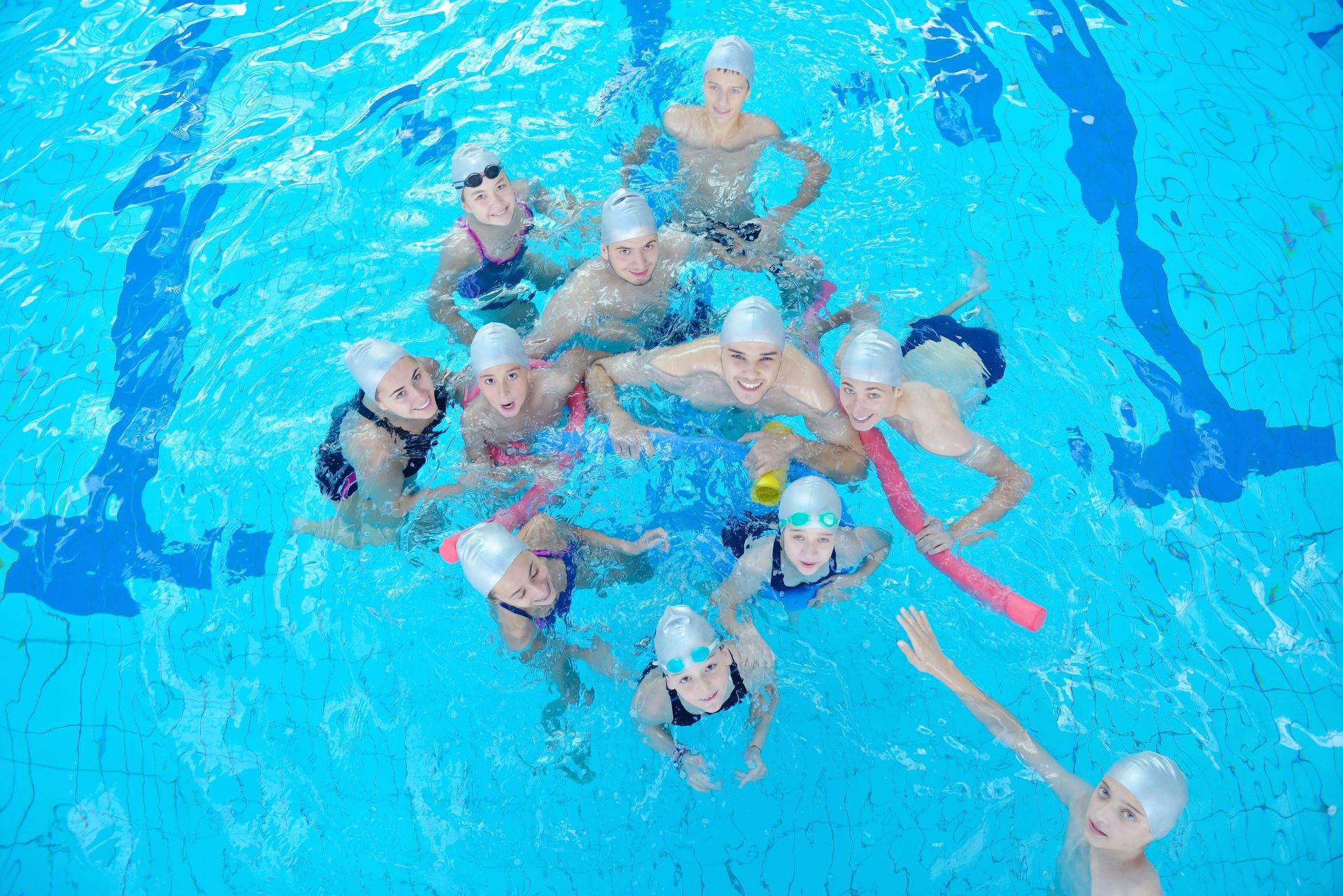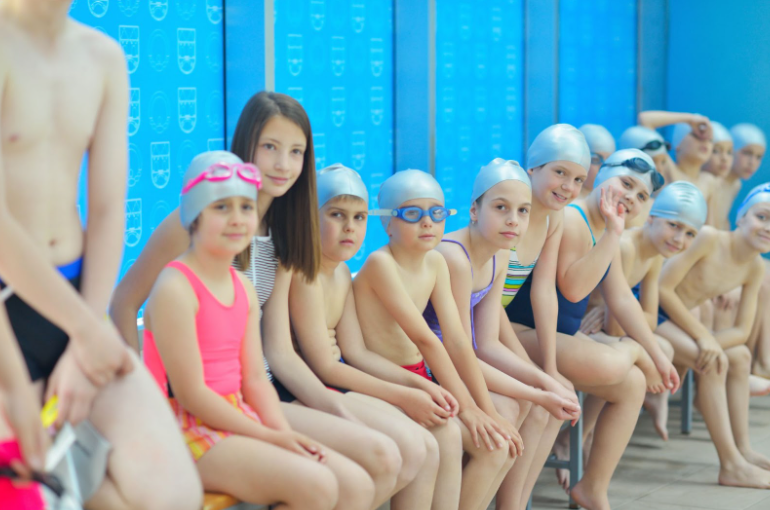Swimming for Weight Loss and How to Get Started

Certain types of exercise are better than others at helping you achieve some of these goals, but few types of exercise actually give you all of those benefits. Common fitness goals for most people usually include:
- Losing weight
- Increasing endurance
- Toning up
- Improving overall health
Swimming for weight loss is perhaps one of the most effective forms of exercise that can help you do all of those things at once. The benefits of swimming for exercise include fat loss, muscle tone, injury prevention, and longevity. Let’s find out why.
The Benefits of Frequent Swimming
There is plenty of evidence that shows that those who swim habitually as part of their regular workout routine benefit from several health improvements compared to those who regularly engage in other forms of exercise and do not swim.
Some of the benefits of exercises done in the swimming pool to lose weight include:
Fat Loss
Just how effective is swimming for losing weight? Because of the density of water, your body is constantly moving against resistance. This means each movement requires extra energy and effort from your body, which means burning more calories.
How many calories do you burn swimming? You can easily burn 400 calories with an easy swimming workout , and much more with a more vigorous swim.
Muscle Tone
Is swimming a good exercise for toning? The answer is yes!
Because of the resistance of the water, your muscles must work harder to kick, push, and pull yourself through the water. Consistently challenging your muscles in this way can help you build lean, toned muscles.
What’s better is that swimming requires the efforts of all muscle groups, including your:
- Arms
- Back
- Chest
- Legs
- Core
This means that your whole body will benefit and grow stronger from consistent swimming.
That said, different types of swimming strokes can both help focus different muscle groups in your body and provide variety in your workout. Here are some different strokes to try:
- Breaststroke
- Backstroke
- Sidestroke
- Butterfly
- Freestyle
Injury Prevention and Longevity
Unlike running or weight training, swimming requires no impact on your joints because the water makes you essentially weightless. Many professional athletes recovering from injuries use swimming to keep themselves strong and maintain their endurance.
There is a very low risk of injury associated with swimming, meaning that this is a perfect activity for people of all ages, including kids and the elderly. Swimming can also help you maintain your youthful vitality. It is one form of exercise people can continue even into the later years of life.
In fact, regular swimmers experience far better health as older adults than their non-swimming counterparts and can be up to 20 years younger health-wise than their actual age, according to swimming expert Joel Stager, Ph.D., director of the Counsilman Center for the Science of Swimming at Indiana University at Bloomington.
His research found that many of a swimmer’s important health components, including blood pressure, cholesterol, cardiovascular performance, central nervous system functioning, and cognitive functioning, were much better overall compared to the levels of much younger participants.
This just goes to prove that you’re never too old to get into shape.
How to Get Started
All of this sounds great until you realize that swimming requires some technique that you must be taught. While it’s true that swimming takes a little bit more preparation than walking, there are many readily available resources, which makes adding swimming to your regular routine very easy. Check out these tips on how to lose weight swimming.
Start Swimming Lessons
If you’re an absolute beginner, you should sign-up for swimming lessons for beginning adults to learn some basic strokes . Technique matters, and knowing the basics can help you swim more efficiently and effectively, as well as delay fatigue and burnout.
You can ask a swim instructor to teach you the best exercises in the swimming pool to lose weight, build endurance, or any other specific goals you have and can tailor a swimming workout that will best meet your goals.
Set Realistic Expectations
Next, be realistic in your expectations. There will be an adjustment period while your body adapts to the constant resistance, so you should ease into a swimming habit rather than going as hard as you can immediately.
The best way to ease into swimming is to swim a lap or two, or even less at a time, followed by a resting period. Several rest periods may be needed, and that should be expected. Your heart rate will stay elevated during your brief rest period and you will not forfeit any benefits from resting, but will actually improve your experience by avoiding burnout and over exhaustion. You’ll be more likely to maintain a consistent routine if you pace yourself and don’t overdo it.
Bring a Swimming Partner
Lastly, consider recruiting a friend to be your workout pal and go swimming with you. Learning together and supporting each other can help you stay accountable and committed. You will share a new hobby and enjoy the health benefits together as you make swimming part of your new healthy lifestyle, one that will hopefully last as long as your prolonged life.
The post Swimming for Weight Loss and How to Get Started appeared first on Swim Jim.







